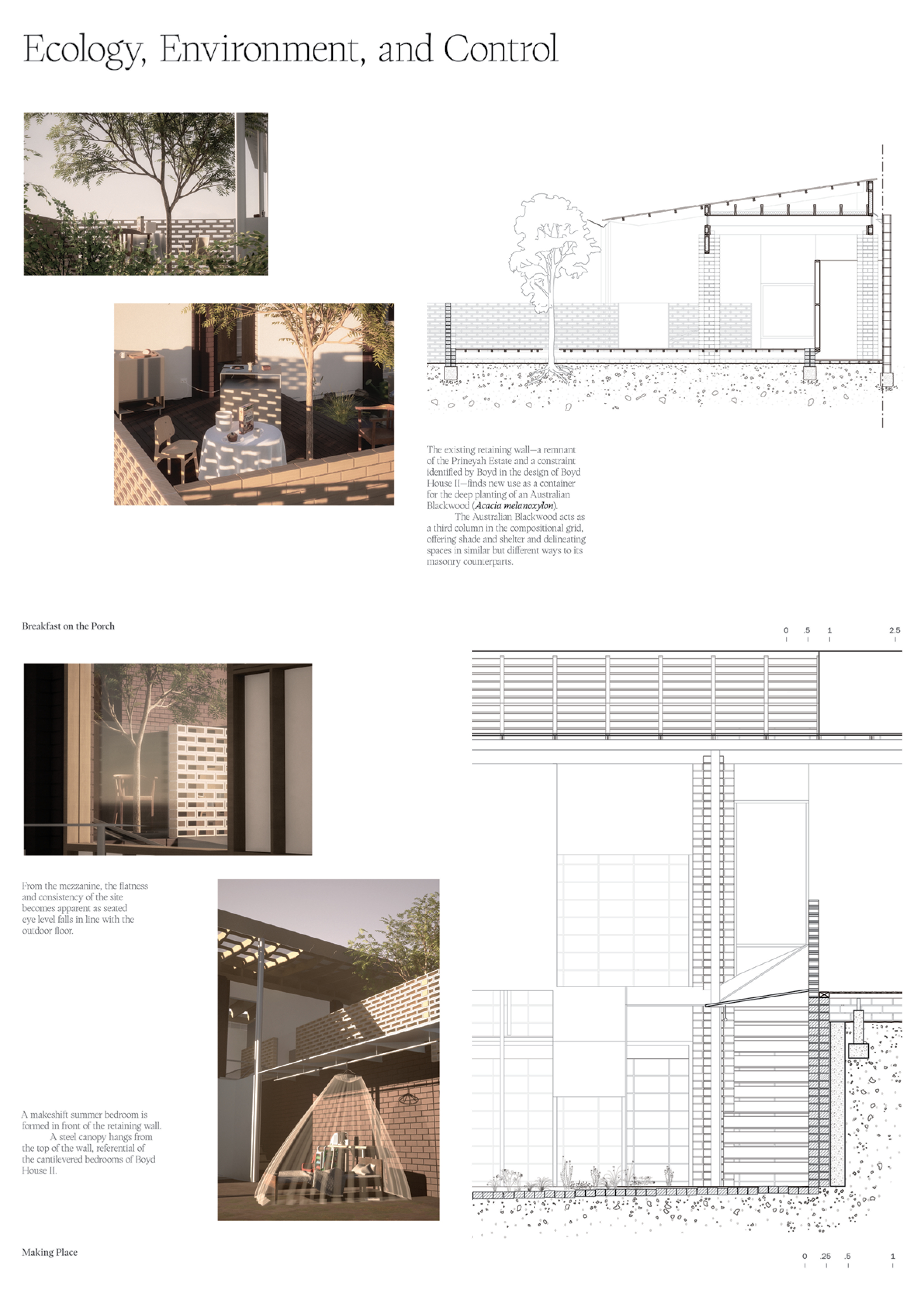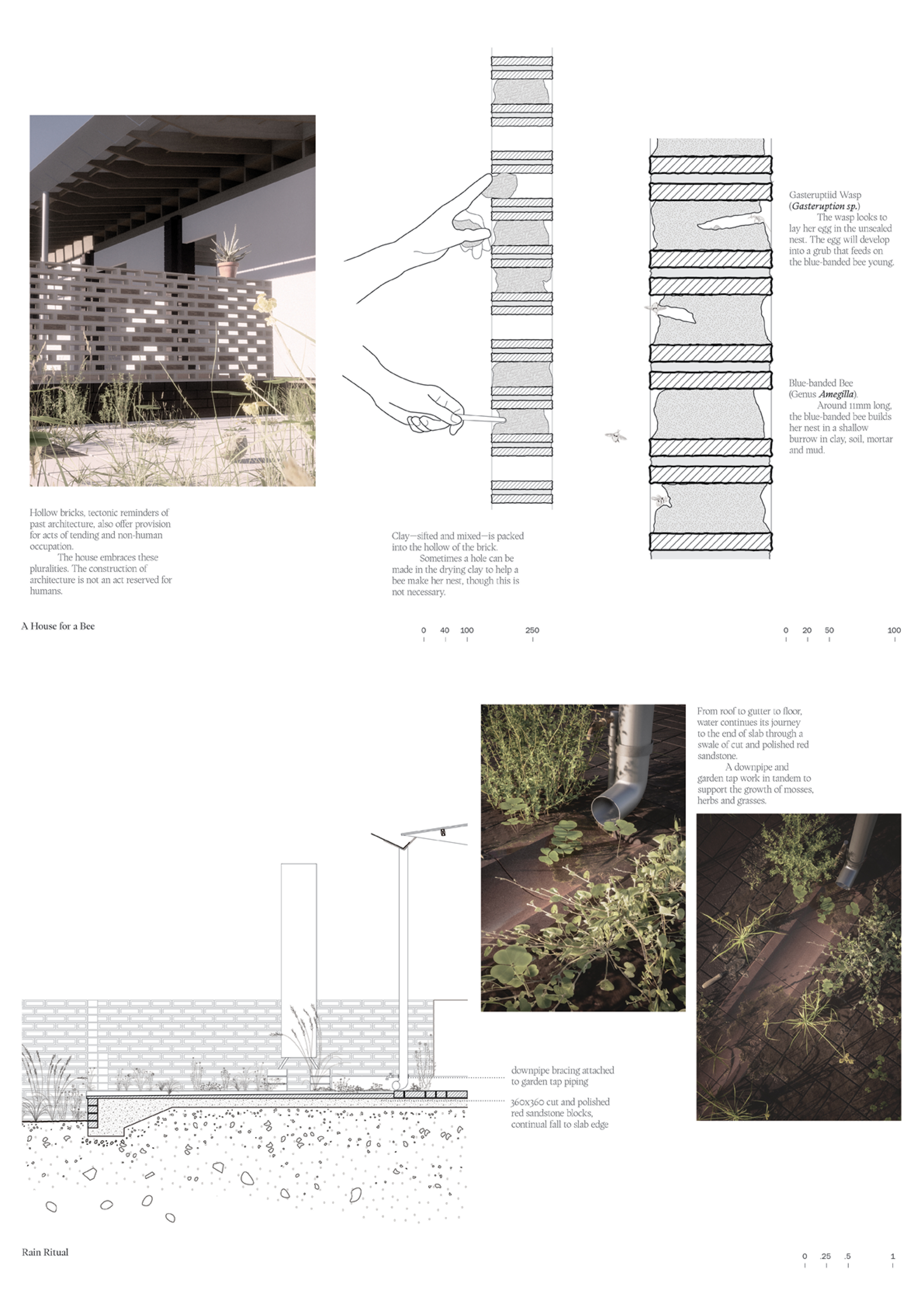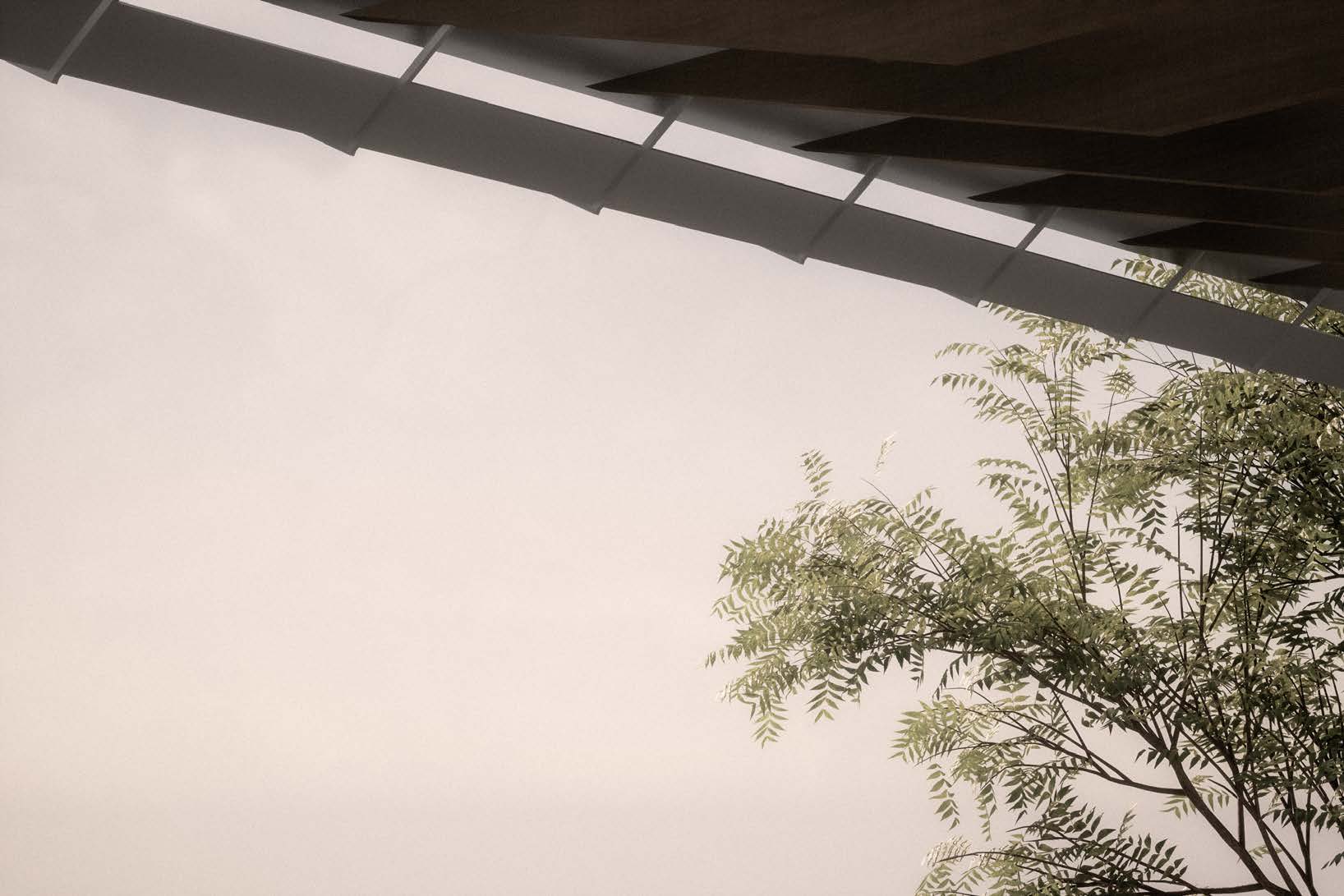


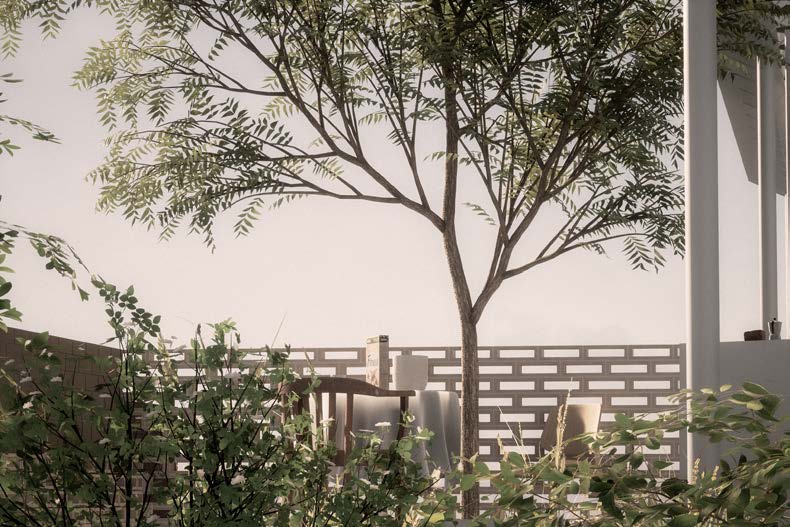
A House in a Grassy Plain
Architecture
Architecture
Preamble
This project is about looking toward the future of the Boyd House, and of architecture generally.
Equally, it is about celebrating the everyday and the change possible in the present. It examines the past to learn about what was and what can be.
In looking forward toward the future, the house delves into the past. Looking inwards towards itself, it seeks answers from others.
Based in a speculative yet still possible future— one which sees the destruction or ruination of the Boyd House— it describes an approach to re-interpreting the logics and physical markings of Boyd’s original design in a way cognisant of contemporary issue regarding land, heritage, and ecology.
These three words—land, heritage, ecology—are excerpts from broad topics or framing devices used in the project. Elaborated upon into three-worded titles, they attempt to tease out the boundaries and limitations of language and how we conceptualise the value of the spaces and the things that surround us.
It asks questions such as:
When is our understanding of environment hindered by our sense of control? And under which circumstances would this be justified as maintenance?
If Ecological Vegetation Classes (EVCS) illustrate long-standing environments hidden in plain site, can archaeological and heritage practices be leverages to ensure their stories are told? How does this trouble our perceptions of architecture, and of history? After all, the etymological roots of ‘ecology’ refer to the household.
In making these distinctions, the house talks of disciplination— of the violent or sometimes subtle separation of things on the basis of their qualities and differences. In doing so, it queries an indisciplination and subsequent redisciplination of the self, of architecture, and of others.
This project is about looking toward the future of the Boyd House, and of architecture generally.
Equally, it is about celebrating the everyday and the change possible in the present. It examines the past to learn about what was and what can be.
In looking forward toward the future, the house delves into the past. Looking inwards towards itself, it seeks answers from others.
Based in a speculative yet still possible future— one which sees the destruction or ruination of the Boyd House— it describes an approach to re-interpreting the logics and physical markings of Boyd’s original design in a way cognisant of contemporary issue regarding land, heritage, and ecology.
These three words—land, heritage, ecology—are excerpts from broad topics or framing devices used in the project. Elaborated upon into three-worded titles, they attempt to tease out the boundaries and limitations of language and how we conceptualise the value of the spaces and the things that surround us.
It asks questions such as:
When is our understanding of environment hindered by our sense of control? And under which circumstances would this be justified as maintenance?
If Ecological Vegetation Classes (EVCS) illustrate long-standing environments hidden in plain site, can archaeological and heritage practices be leverages to ensure their stories are told? How does this trouble our perceptions of architecture, and of history? After all, the etymological roots of ‘ecology’ refer to the household.
In making these distinctions, the house talks of disciplination— of the violent or sometimes subtle separation of things on the basis of their qualities and differences. In doing so, it queries an indisciplination and subsequent redisciplination of the self, of architecture, and of others.
Main Drawing Set


Site, Land, and
Country
Country


Archaeology, Heritage, and
Maintenance
Maintenance
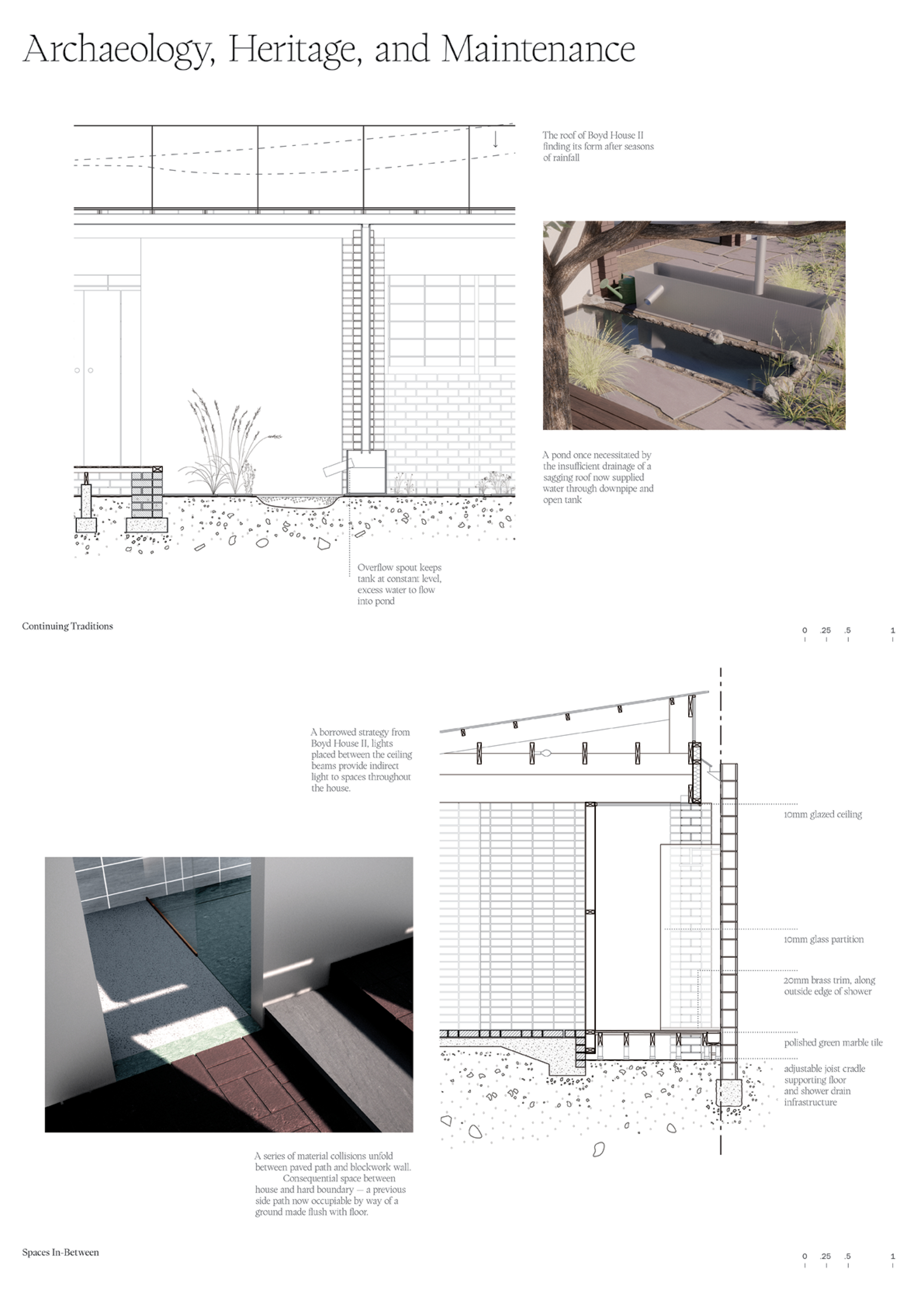

Ecology, Environment, and
Control
Control
